
A story about going to Sichuan Province, China to start playing pack crafts [Part 1: China, the first time in 8 years, was too exciting in many ways]
I've finally decided to start playing the pack craft, which I've been interested in for a long time.
It may needless to explain it anymore, but a pack raft is an inflatable boat that can be inflated and moved over water, making it easy to carry.
It's easy enough to row quickly even if you're a complete first-time user, and in addition, some models are highly stable enough to be used in technical white water (hard water flow), and yet lightweight and compact, making it easy to carry in your backpack for long trips.
Since the reason he became addicted to the mountains was through stream climbing and mountain skiing, it seems that he thinks that the joy of mountains is to "draw your own lines (footprints) that are not written on the map." For me, it's impossible that the game of pack raft, which will expand my range of activity and allow me to draw a new journey that I've never had before. This is definitely going to be really fun.
However, even though I was fantasizing about this, I was unable to start reality, but what pushed me back to me was when I met a certain Packraft brand.
As a result of the overlap of various connections and timing, the conversation progressed quickly, and MRS , will allow them to use pack rafts for a long time, provided they write an article. Not only that, he even said, "I'll actually invite you to my office in Chengdu, so why don't you come and do some research?", which is very grateful. The time when I didn't make excuses is over. Finally, I heard a sound like a new door called a pack raft opened in front of my eyes.
China has been in eight years, so it's too different
So, on a certain day in April, an amateur who had never even ridden a pack raft suddenly set out to Chengdu, Sichuan Province, to meet the founder and designer of MRS arata , who connected me to this encounter and is probably the most familiar with China's outdoor situation in Japan .
It's been eight years since China's first time in 2018. Last time, I went to an outdoor show in Nanjing alone in 2017. Compared to that time, China today had undergone a dramatic transformation that was far beyond imagination.
With Japan, which has not been changing, with its huge modern-style airports, high-tech electric cars, the economy where smartphone payments are the norm (8 years ago, credit cards were still available), and the Shinkansen, where foreigners can make smartphone reservations and ID authentication (8 years ago, analog ticket machines were still in operation), it seems like they've gone a step or two, or even about 100 steps ahead.
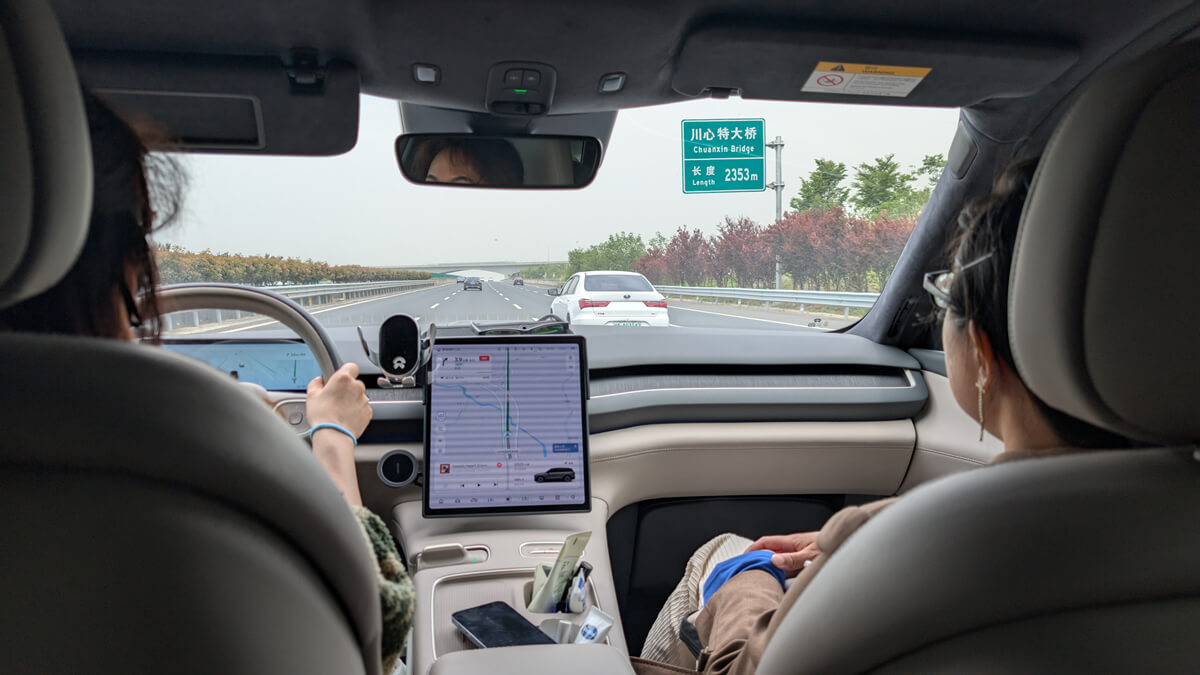
Voice control is commonplace, with one button automatic parking in the parking lot and massage seats in the electric car are far too futuristic. I've heard that it's popular in China, but I never thought it would be this much.
Of course, there is also the negative aspect of a society of thorough surveillance and reforms that do not require the presence or absence of top-down, and there are still many areas of development that have been left behind. It is certainly expected that many problems will lie ahead as the rapid rebound of development will lie ahead. However, it is certainly true that the forcefulness of China's current development (both in a good and bad sense) that the chaotic situation should be carried forward without caring about it, and as a result, I realized that Japan has now been left out in many parts to an unparalleled extent. Hmm.
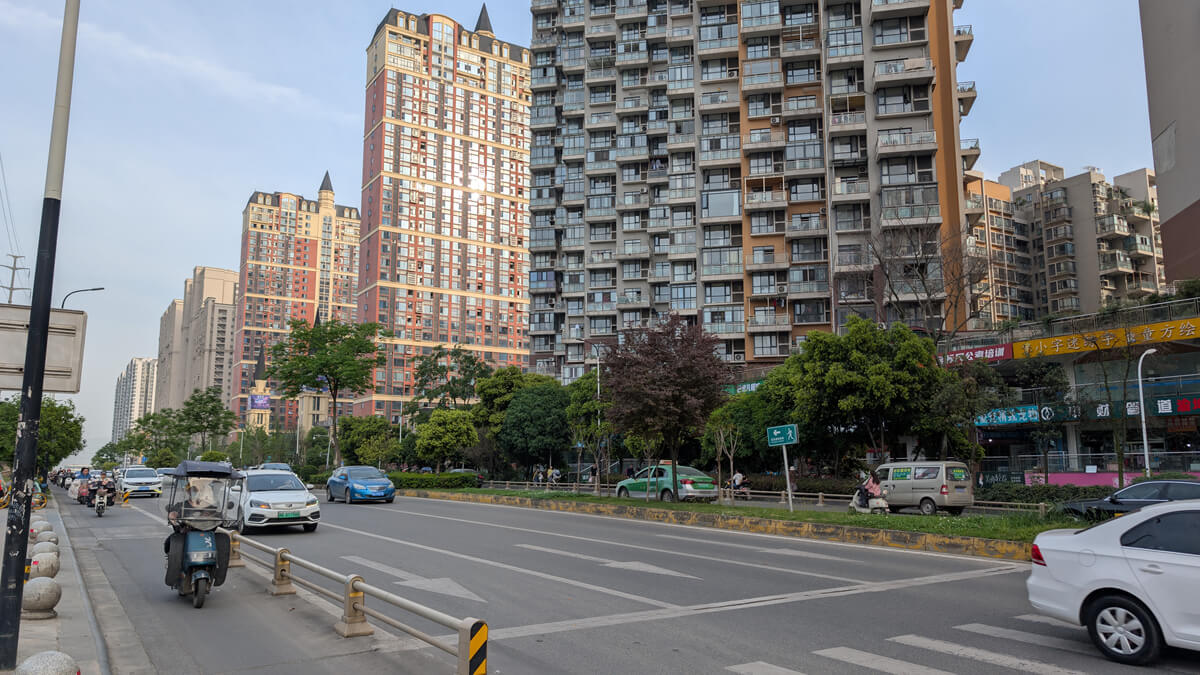
While cutting-edge electric cars travel in the center lane of the wide road, traditional mopeds and electric cubs go wild on both sides. Differences and a bit of chaos.

Authentic Sichuan cuisine is extremely spicy in Japan, and it is completely incomparable to the spicy taste. It's also surprising to see Chinese people outside of Sichuan.
Perhaps due to the influence of the yellow sand, I was staring vaguely at the endless blue sky, even though it was sunny, but still, when I was soon able to reach the MRS factory and office. MRS is based in a corner of a factory complex in the suburbs, just a short distance from the centre of Chengdu.
This area seems to be a concentrated area with many parts manufacturers, mainly automakers, and many Chinese manufacturers can quickly develop and produce the same industrial park, with factories, offices and warehouses in one place. Just like in Japan, when manufacturing was once lively.
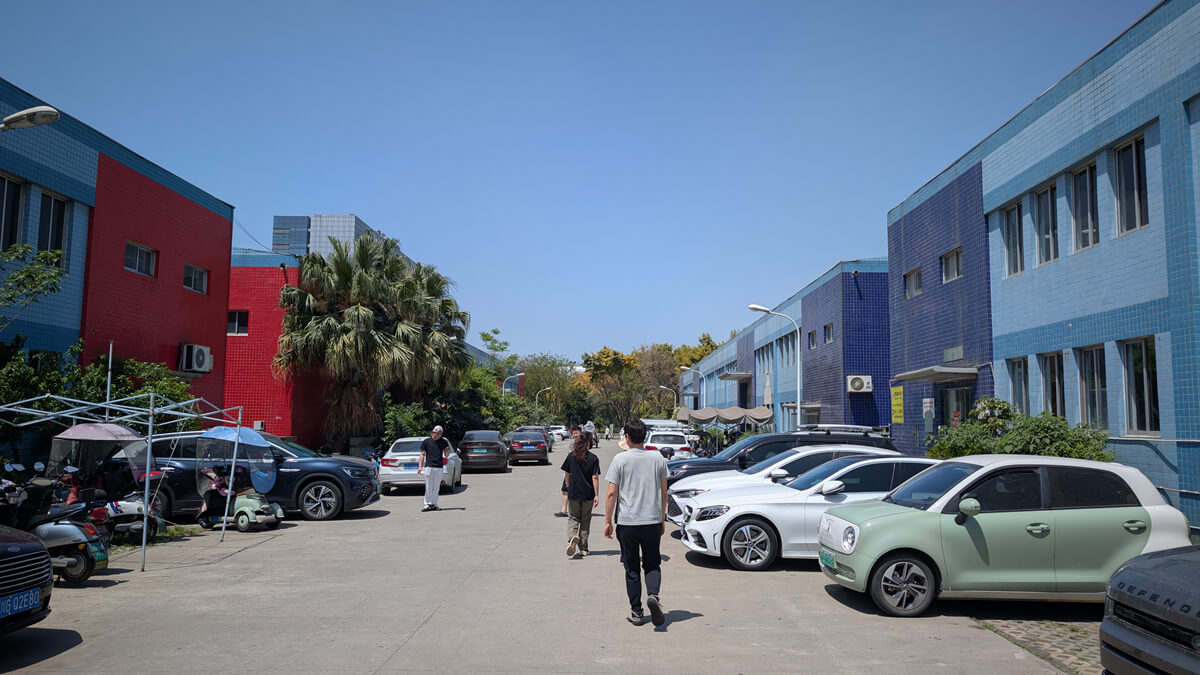
MRS was located in a corner of an industrial park where small and medium-sized manufacturers gather in each section. It seems that most of the commute is by car or by moped.

There was a cafeteria and a gym like this in the industrial park, and there were plenty of benefits facilities.
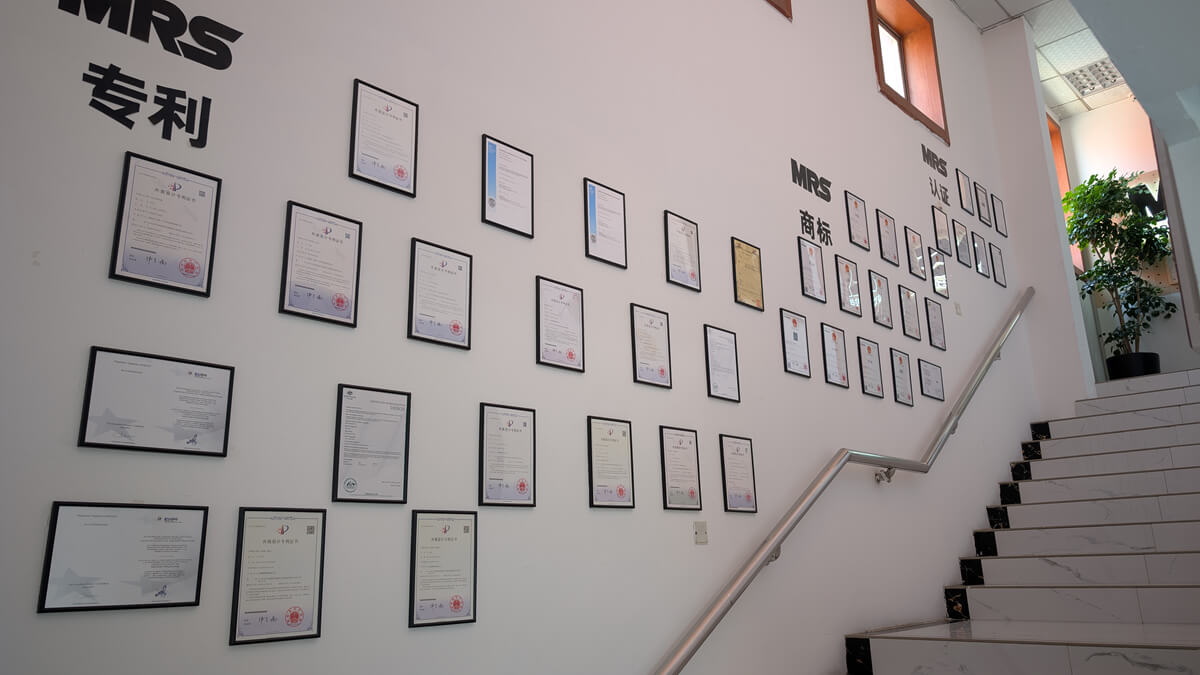
The stairs just outside the entrance are filled with patents and trademarks acquired both domestically and internationally.
In the afternoon, we spoke to Mr. Luo, the founder, current CEO and designer of MRS, in the office showroom and reception area.
Not only is the origin of the brand, but it also includes the fun and enjoyment of pack crafts, and even the situation in China's outdoor pack crafts, the general way of spending time in China, to economic and cultural practices.
Despite the widespread discussion, what was interesting was the vitality of Ra, who has built his brand from scratch to world-class quality, and how good he feels as a person. Furthermore, despite being a Chinese brand, it has always been a more advanced technical and spiritual attitude than Japanese manufacturers.
I was a little embarrassed about this prejudice, and I realized that information disparities around the world were completely gone, and once again I realized that speaking with the big subject of China is no longer meaningless.
I actually wanted to try a pack rafting experience in a nearby field, but unfortunately, it was not possible to do so the next day, as an MRS would be holding a pack rafting event with over 200 participants. After parting with Luo and others, they had come to Sichuan Province for a long time, so they headed out a bullet trip to two World Heritage Sites (Jujigao Huanglong) that were located on a bullet train from the town for about three hours.
Unlike the big cities of Beijing, Shanghai, and Shenzhen, most of them are full of domestic travelers and almost no English is known. In this situation, my trip was filled with thrills of backpacking overseas, with schedules and budgets that were constantly exciting, and I never wanted to do so, but it was the thrill of backpacking overseas for the first time in a while (of course, both World Heritage Sites were impressive).
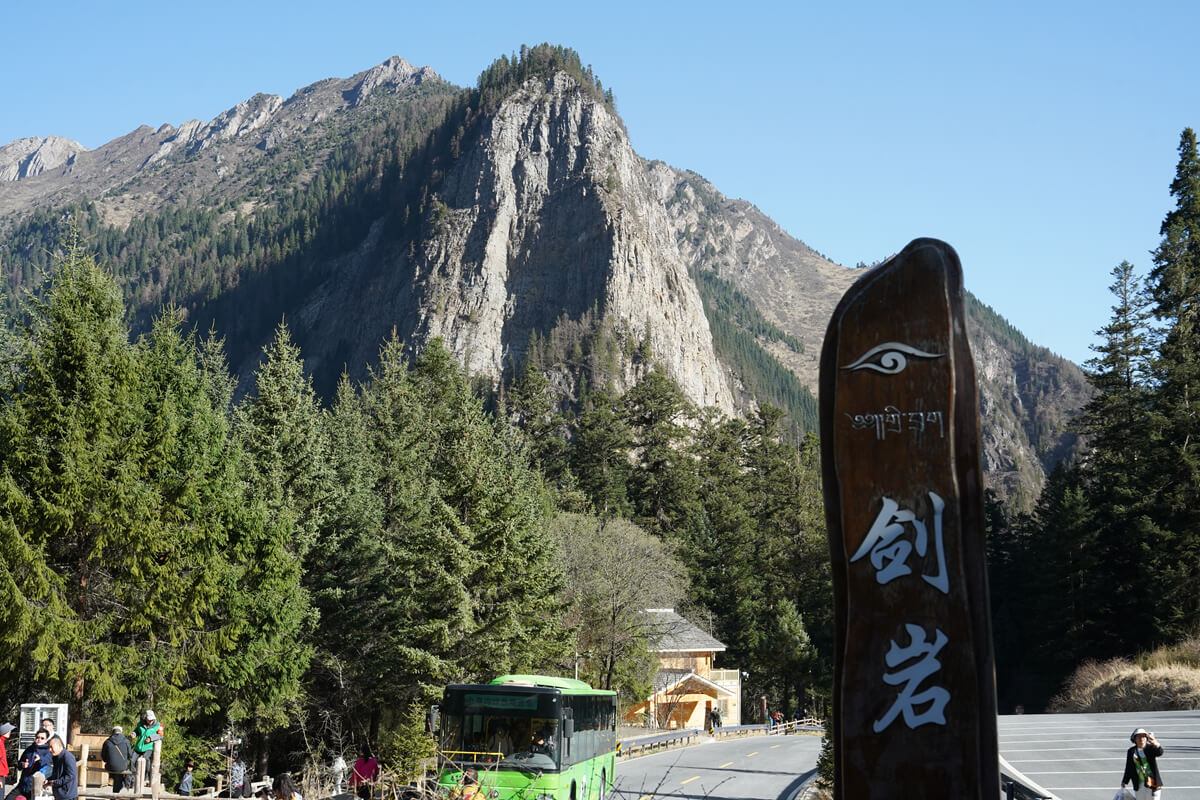
Jiuziang, a World Heritage Site located deep in the mountains of Sichuan Province, offers fantastic, large-scale scenery that is hard to experience in Japan.
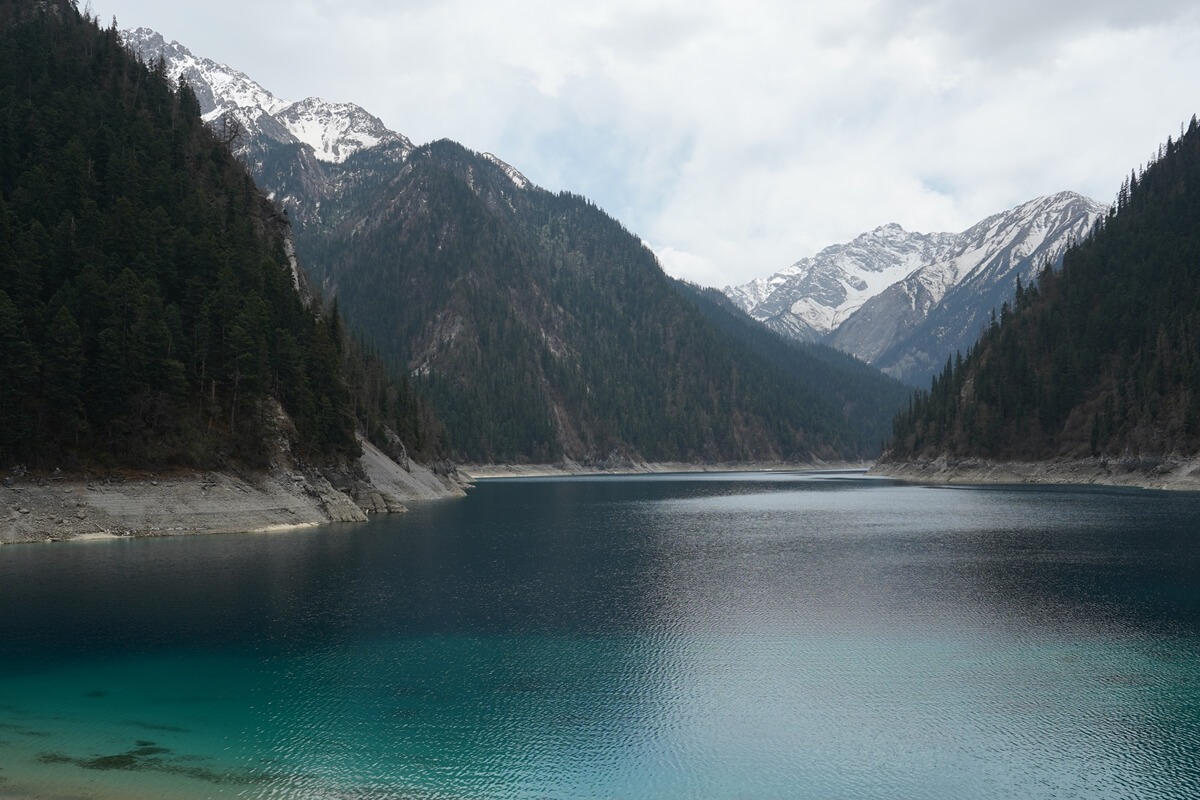
There are many lakes of mysterious colours. By the way, you can see a snowy mountain that is very greedy for mountain climbing, but unfortunately it is hardly possible to climb.
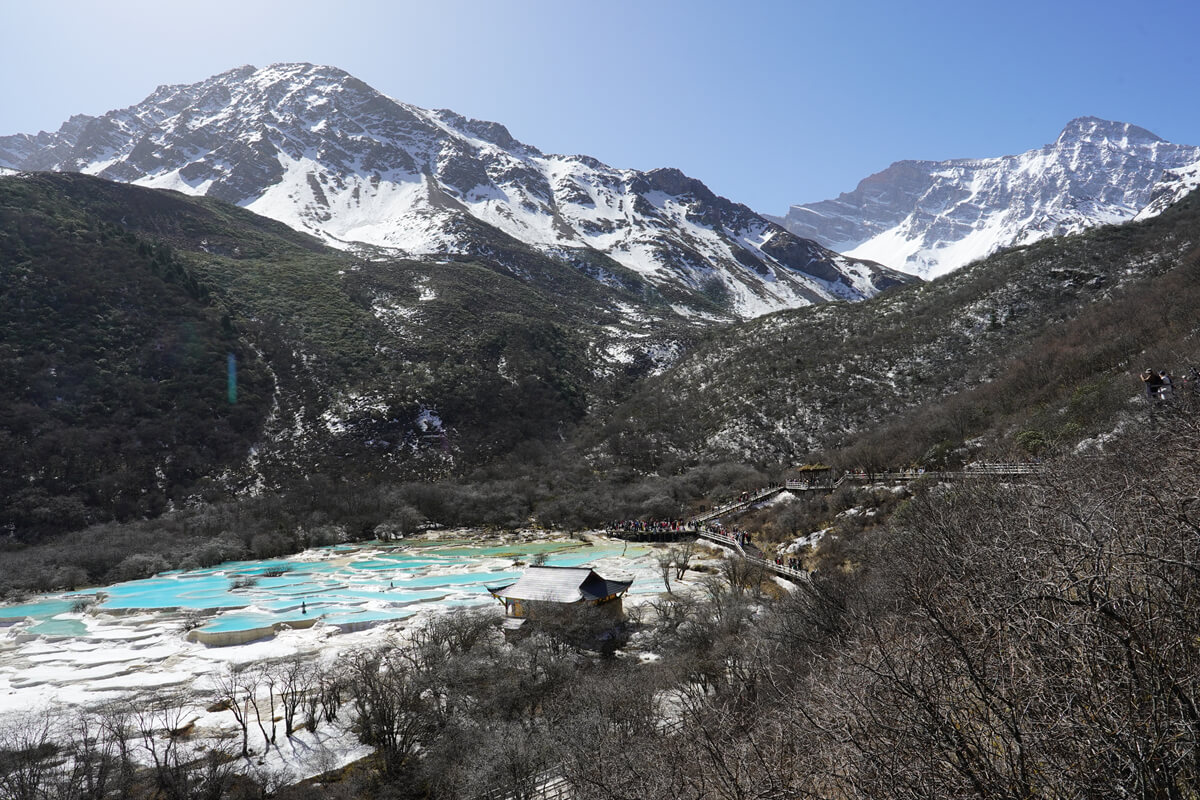
Another World Heritage Site, the spectacular view of Yellow Dragon. It is said to be one of the world's leading karst topography, created by limestone formations due to erosion by glaciers.
Next time, we will finally bring you an interview with Mr. Luo from MRS. Stay tuned.


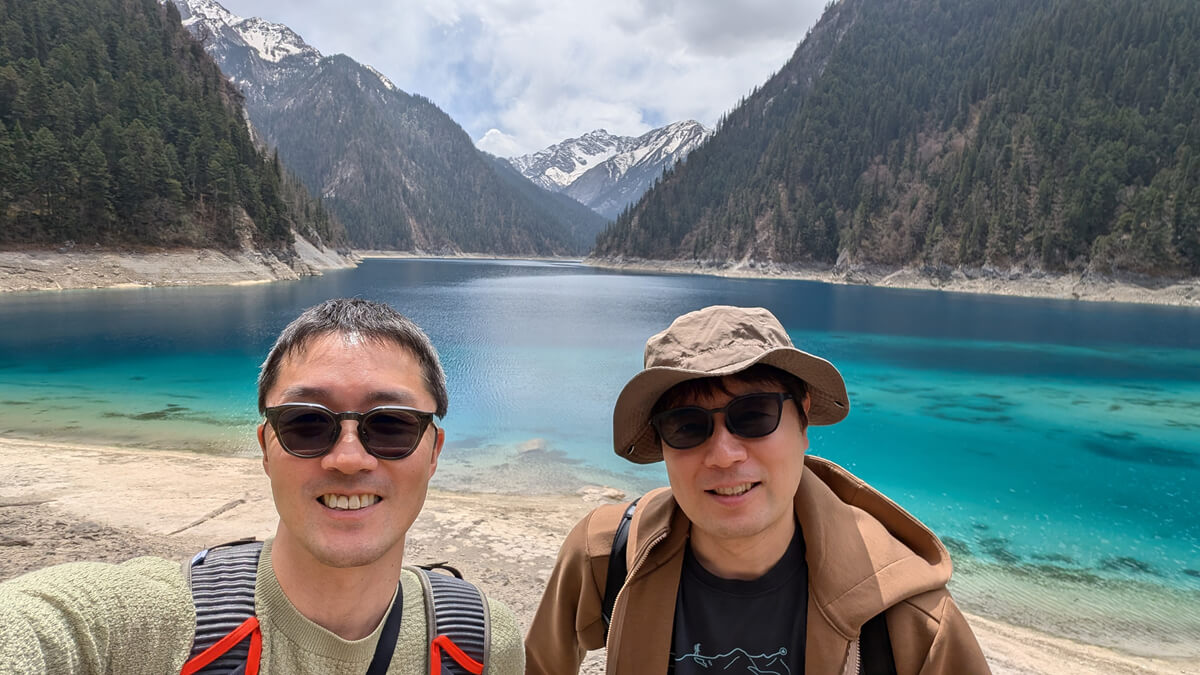
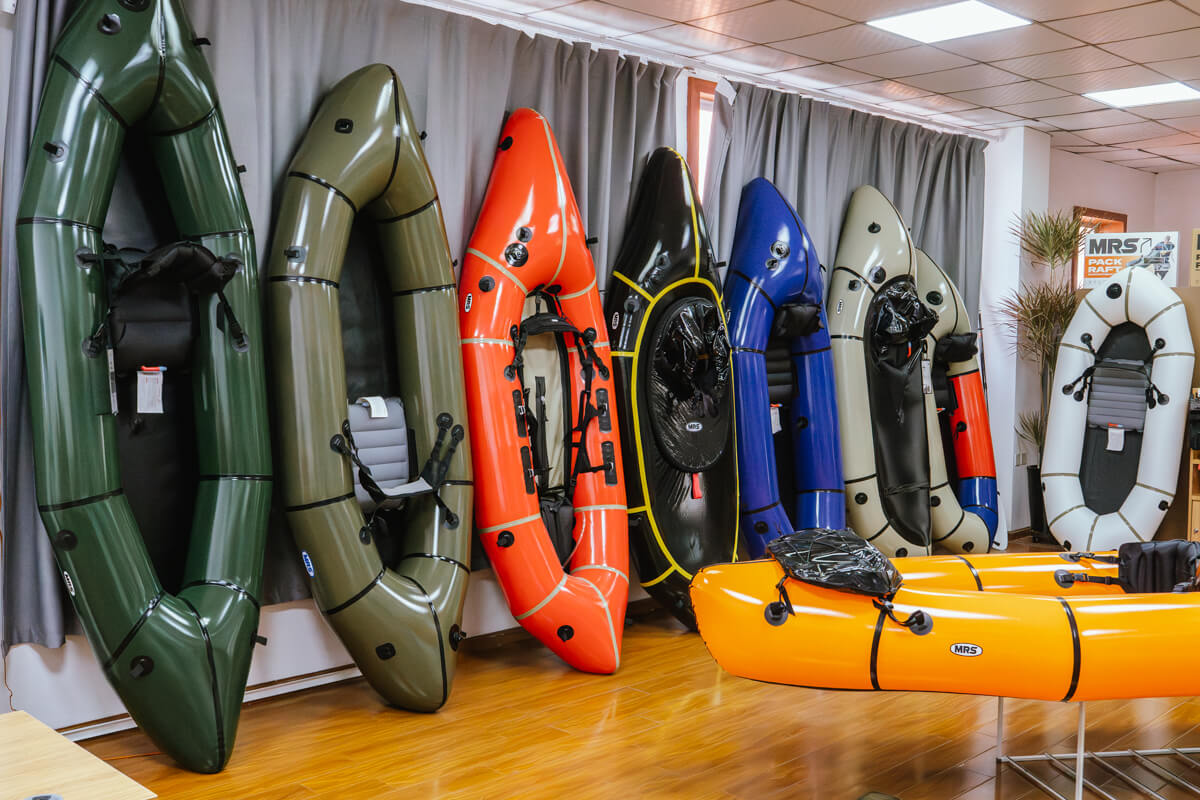
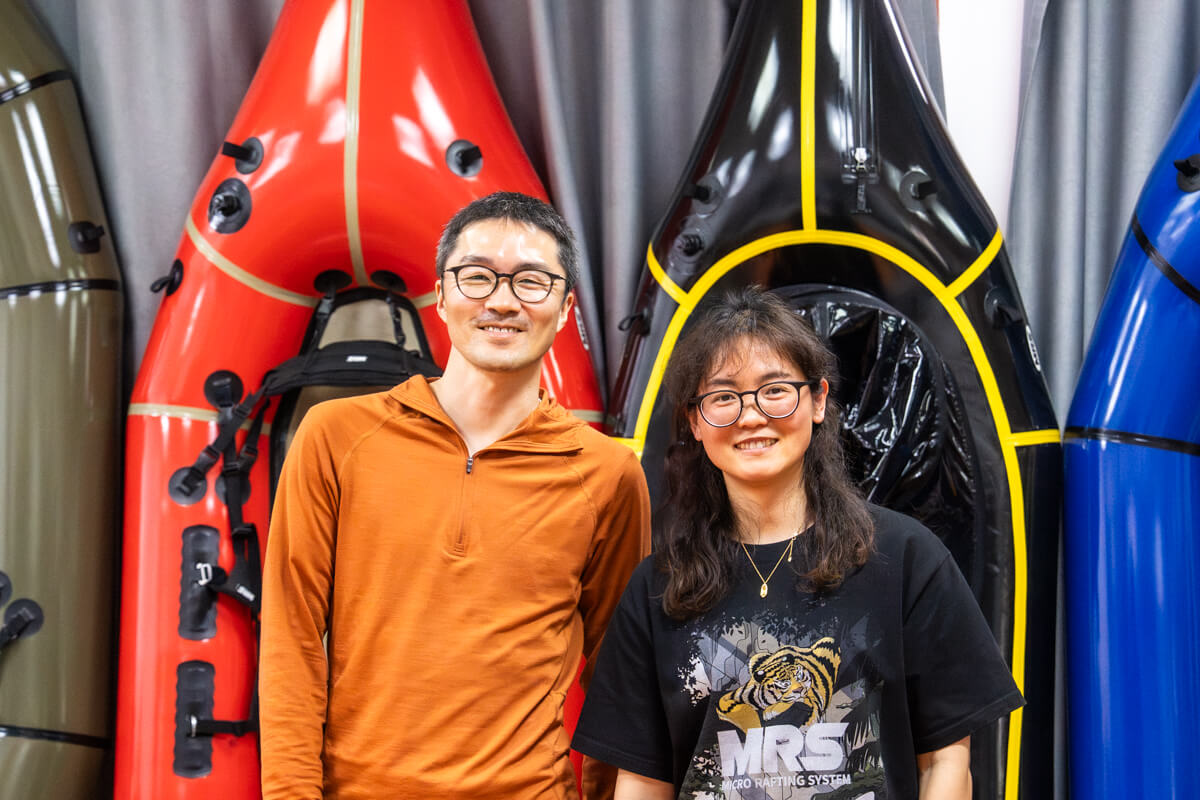
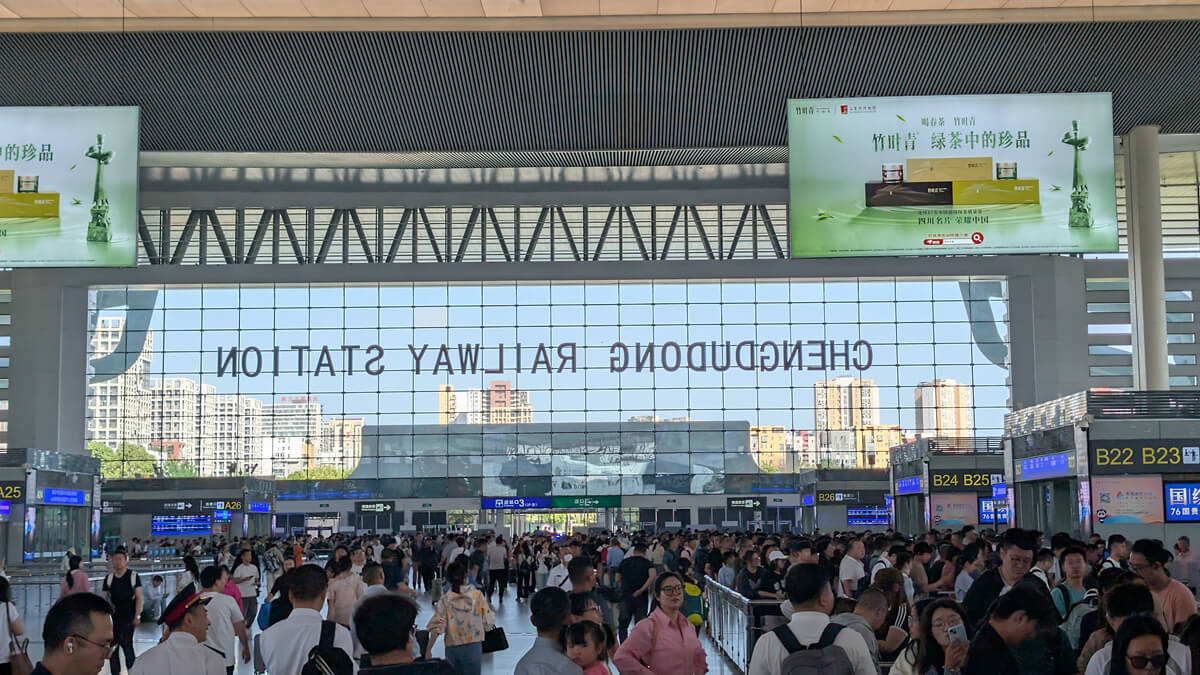

 A story about a trip to Sichuan Province, China to start playing pack crafts [Part 2: Interview with MRS Founder]
A story about a trip to Sichuan Province, China to start playing pack crafts [Part 2: Interview with MRS Founder]